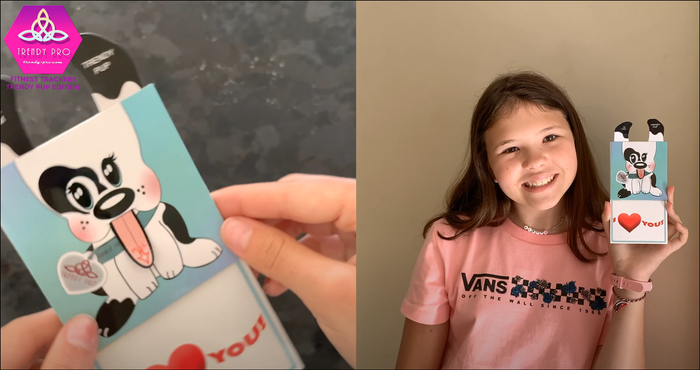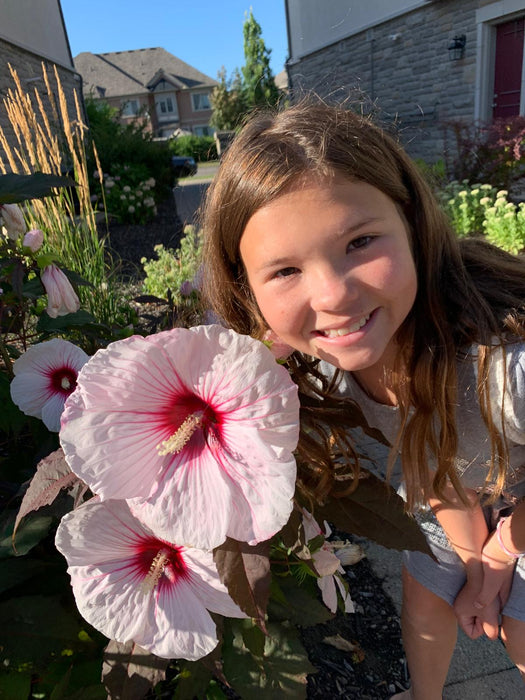How To Make A Puppy Popup Card

Learn how to make a fun, trendy pup pop-up card with materials from your Trendy Pro Kids Fitness Tracker box! This step-by-step guide walks you through assembling the puppy, gluing it to the card, and decorating with glow-in-the-dark stickers. Perfect for a creative gift or thank-you card. Challenge yourself by making the pup on the box come to life and enter a giveaway! Stay tuned for more creative craft tutorials.


